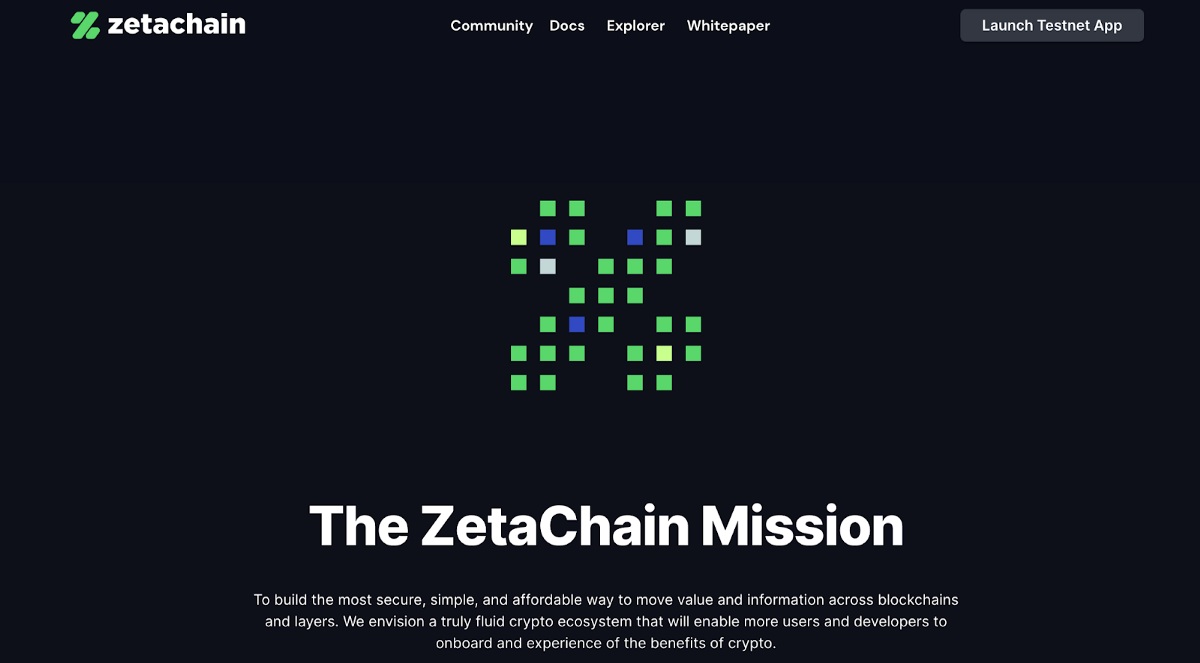The decentralized finance (DeFi) sector has evolved so fast over the past year that new ways of trading and earning from digital assets have emerged at unprecedented rates.
What was once just limited to collateral-backed lending and borrowing platforms is now a virtual smorgasbord of different DeFi protocols offering derivatives, flash loans, dynamic stablecoins, and synthetic assets.
The Synthetix protocol launched in order to provide access to these synthetic assets in tokenized form by using a complex system of algorithms and derivatives. Traders holding synths on the protocol do not have the real asset in their possession, however, they can still gain exposure to its price movements.
As far as DeFi protocols go, Synthetix is one of the hardest for beginners to comprehend but we’ll attempt to unravel some of those complexities in this DeFi Deep Dive.
 DeFi Deep Dive
DeFi Deep Dive
A Brief history
The Synthetix platform started out as a stablecoin project called Havven with its native cryptocurrency, the Havven Token – HAV. The platform had an ICO in February 2018 for the ERC-20 token which launched at a price of $0.67 at the time.
/Related
MORE ARTICLESBlockFi To Reveal Financial State Post FTX Collapse and Bankruptcy Filing
Will Crypto Volatility Crunch Precede an Explosive Move for BTC and ETH?
Quantum Computers Break Encryption in China But Far From Cracking Bitcoin
GALA 230% Pump Compromised by Hefty Crypto Distribution Schedule
Flare Network Airdrop Kicks Off for Eligible XRP Holders
France and Hong Kong Accelerate Towards Crypto Regulation
Its initial aim, according to the white paper, was to become a decentralized payments network that uses a dual token system to issue stablecoins called nUSD, with the HAV tokens as collateral.
Early investors and HAV holders received a percentage of the fees generated from all nUSD transactions as a reward. This also helped to maintain its dollar peg.
The team quickly found out that stablecoins could do a lot more. As a result, they announced the major rebranding to Synthetix in late November 2018, with HAV tokens becoming SNX.
Australian entrepreneur Kain Warwick founded Synthetix. He had previously established the OTC payments platform Blueshyft.
How does it work?
Synthetix in its current form enables the creation of on-chain synthetic assets which use oracles to track the price movement of the same assets in the real world.
The Ethereum (ETH)-based DeFi platform allows investors to get price exposure for pretty much any asset from stocks to commodities, fiat currencies, and of course crypto assets. The protocol also has its own stablecoin, sUSD. It offers staking, yield farming, and a variety of derivatives trading options.
Synthetic assets are minted on the protocol using the Synthetix Network Token (SNX) as collateral. This locks into a smart contract. In early 2020, the protocol enabled the use of ETH as collateral in addition to SNX. Stakers can also earn a share of the 0.3% minting fees on the exchange by depositing SNX tokens as collateral to a fee pool.
The collateral ratio is 750% so if users want to mint 100 British pounds into a sGBP Synth they would need to stake 750 British pounds worth of SNX. If the price of SNX increases, an equivalent portion of a staker’s SNX is automatically unlocked as collateral. The official documentation explains why the ratio is so high:
“This mechanism allows Synthetix to support instantaneous, near-frictionless conversion between different flavors of Synths without the liquidity and slippage issues experienced by other decentralized exchanges. The resulting network of tokens supports an extensive set of use cases including trading, loans, payments, remittance, eCommerce, and many more.”
SNX stakers incur debts when they mint Synths. In order to exit the system and unlock their SNX, they must pay back this debt by burning Synths.
The tokens inflationary economics will see the supply increase from March 2019 to August 2023. The total SNX supply will increase from 100 million to around 250 million with a weekly decay rate of 1.25% starting from December 2019. At the time of writing, there were 151 million SNX in circulation.
Each Synth is an ERC-20 token that tracks the price of an external asset; for example, sUSD tokens track the price of the US dollar, and gold-based Synths will track the real-world price of the commodity via a Chainlink (LINK) oracle.
The platform also has iSynths which inversely track the price of assets via price feeds and oracles. These allow traders to effectively take short positions. They are also available for cryptocurrency and index-based Synths. Inverse Synths have three important points: an entry point, an upper limit, and a lower limit, the entry point being the price at which it enters into the system.
If an iBTC Synth entered at a price of $50,000 that would be its entry point so if the price of the sBTC Synth (which tracks bitcoin’s (BTC) actual price) drops to $49,000 then iBTC would be at $51,000 and vice versa. The upper and lower limits are where the Synth is frozen for leverage purposes.
Index Synths track various indexes such as the Nikkei or Nasdaq or even crypto and DeFi related indexes that exist. Likewise, forex-related Synths track the price of forex fiat currencies via price feeds.
Synthetix has a bit of a steep learning curve. Its abstract nature means that it is not for everyone. Those wanting access to global stock market movements but can’t due to geographical restrictions would benefit from using the platform.
Additionally, traders looking to short crypto non-accredited assets for futures platforms can also benefit. Beginners that are looking for simple DeFi yield farming should probably seek user-friendlier platforms.
Synthetix protocol and token performance
Synthetix has been one of the fastest-growing DeFi protocols in a sector that has expanded itself by 250% since the beginning of 2021.
Total Value Locked (TVL) on Synthetix is around $2.38 billion at the time of writing according to the exchange itself. Data providers such as DeFiPulse and DappRadar are reporting between $2.23 and $2.39. So the figures are pretty close. The former has ranked Synthetix at eighth place just behind Instadapp.
Since the beginning of 2021, Synthetix TVL has increased around 90% so it is a little behind the growth rate of the industry as a whole in terms of TVL. This may be due to the complexity associated with using the platform compare to simple token swapping interfaces such as Uniswap.
Token performance, however, has definitely not been lagging. As reported by BeInCrypto, SNX was one of the better performing DeFi tokens in 2020, notching up a gain of over 500% for the year.
That figure has been dwarfed by what it has done so far in 2021, surging from $7.20 on January 1 to an all-time high of just over $27 by mid-February. At the time of writing, SNX is trading at $20.60 representing a gain of 170% so far this year.
Layer 2 Integration
Being based on Ethereum, there has been some urgency from Synthetix to integrate Layer 2 scaling solutions.
The protocol began testing Layer 2 scaling with Optimistic Ethereum in September 2020. This is an independent L2 technology provider offering airdropped SNX tokens as incentives for those participating on the testnet.
In mid-January 2021, it announced the launch of the L2 platform called Castor though more testing was required.
In early April, the protocol announced that Optimistic Ethereum has been integrated into staking enabling liquidity providers to earn yields on Layer 2 and avoid those painful gas fees.
The launch is being phased in as functionality is added gradually. The final phase slated for later this year will depreciate Layer 1 staking and disable any Synths on the network.
Synthetix roadmap
The 2021 roadmap laid out in a blog post penned by founder Kain Warwick in January 2021. In it, he likened it to the title of a sci-fi movie depicting a “future where everyone in the world is connected to one another by handheld devices that allow them to hold, trade and transfer every imaginable asset.”
The migration to a full Layer 2 exchange and the depreciation of assets on Layer 1 is the team’s priority for this year. The move becomes more of a necessity every time Ethereum transaction fees break their previous high.
Synthetix v3 was mentioned, representing a complete re-architecture of the smart contracts for the first time since late 2018, however, no timeframe was given.
It will provide a new staking mechanism, tokenized debt, price thresholds, and order matching. There will be a number of governance improvements, asset expansion into equities, leveraged futures, binary options, and acquisitions on the cards.
Synthetix will get a lot deeper than it is already in terms of complexity, which is music to the ears of advanced traders looking for greater flexibility and options in the burgeoning fledgling financial sector that is DeFi.




